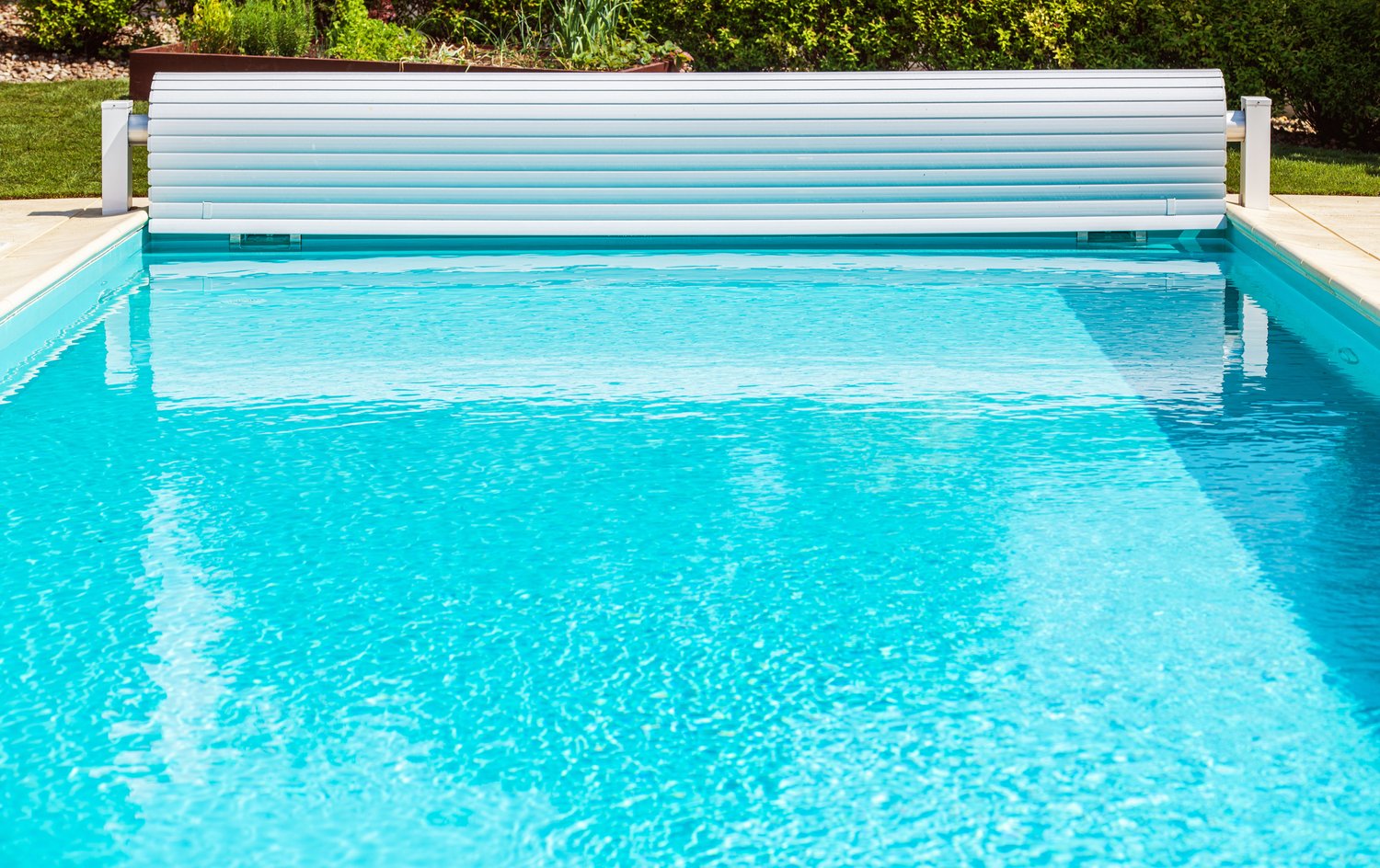Imagine being able to enjoy your swimming pool well beyond the traditional summer months. With the right pool heating system, you can transform your pool into a year-round oasis, significantly extending your swimming season regardless of where you live. Pool heating technology has advanced considerably in recent years, offering homeowners multiple efficient options to maintain comfortable water temperatures. In this article, we’ll explore various pool heating options including solar systems, heat pumps, and gas heaters, comparing their costs, efficiency, and environmental impact to help you make an informed decision for your specific needs.
Understanding Pool Heating Basics
Before diving into specific pool heating options, it’s important to understand what factors affect your pool’s temperature. A typical unheated pool will naturally maintain a temperature close to the average air temperature over a 24-hour period. Geographic location, pool size, exposure to sunlight, wind conditions, and whether you use a pool cover all significantly impact how quickly your pool loses heat. In most climates, some form of heating is necessary if you want to extend your swimming season beyond the hottest summer months. The right heating system can add weeks or even months to your swimming season, making your pool investment more valuable year-round.
Solar Pool Heaters: Harnessing the Sun’s Energy
Solar pool heaters represent one of the most environmentally friendly and cost-effective options for warming your pool water. These systems typically consist of solar collector panels installed on your roof or a nearby structure, a filter, a pump, and flow control valve. Water circulates through the filter and solar collectors, where it’s heated by the sun before returning to your pool. The initial investment for a solar pool heater ranges from $3,000 to $7,000 for professional installation, depending on your pool size and local conditions. While the upfront cost may seem substantial, solar heaters have virtually no operating costs and can last 15-20 years with proper maintenance, making them extremely economical in the long run.
Heat Pumps for Pool: Efficient All-Season Performance
A heat pump for pool use works similarly to your home’s air conditioner but in reverse—it captures heat from the surrounding air and transfers it to your pool water. These units are particularly efficient in mild to warm climates where air temperatures typically remain above 50°F (10°C). Heat pumps require electricity to operate but use it very efficiently, producing up to five times more energy in heat than they consume in electricity. Installation costs range from $2,500 to $5,500, with annual operating costs between $500 and $1,500 depending on your local electricity rates, desired water temperature, and usage patterns. Many pool owners find that heat pumps offer the best balance of upfront cost, operating expense, and environmental impact, as recommended by pool professionals at AskHomey who frequently assist homeowners with such installations.
Gas Pool Heaters: Rapid Heating Solution
Gas pool heaters, powered by either natural gas or propane, offer the fastest heating capability of all pool heating options. These heaters can raise your pool temperature quickly regardless of the outside air temperature, making them ideal for occasional use or for pool owners in cooler climates. The installation cost typically ranges from $1,500 to $3,500, but operating costs are considerably higher than other options, potentially reaching $300 to $500 per month during heavy use. Gas heaters have a shorter lifespan (typically 5-10 years) compared to other pool heating options, but their ability to heat water rapidly in any weather conditions makes them popular for spa heating or for pools used intermittently.
Combining Heating Methods for Optimal Results
Many pool owners find that combining different heating methods provides the most efficient and cost-effective solution for extending the swimming season. For example, using a solar pool heater as your primary system with a gas heater as backup for cloudy days or quick temperature boosts can maximize efficiency while ensuring your pool remains usable in varying weather conditions. Similarly, using a heat pump in conjunction with a good quality solar pool cover can dramatically reduce operating costs while maintaining comfortable water temperatures. The right combination depends on your climate, budget, and how you use your pool throughout the year.
Maximizing Efficiency with Pool Covers
Regardless of which heating system you choose, a quality pool cover is essential for extending your swimming season efficiently. Pool covers minimize heat loss due to evaporation, which accounts for about 70% of a pool’s heat loss. A solar blanket or liquid solar cover can raise water temperature by 5-10°F while reducing heating costs by 50-70%. This simple addition makes any heating system more effective and economical, allowing you to maintain comfortable swimming temperatures with less energy consumption.
Making Your Decision
When selecting the right pool heating option to extend your swimming season, consider your climate, budget (both initial and ongoing), environmental concerns, and how frequently you use your pool. In warmer southern regions, solar heaters or heat pumps often provide the best value, while northern pool owners might need the power of a gas heater to achieve comfortable temperatures during cooler months. Take time to calculate the total cost of ownership over a 5-10 year period, as the heating system with the lowest initial cost may not be the most economical choice in the long run.
For more tips and to connect with reliable home service professionals, follow AskHomey on Facebook and Instagram.



